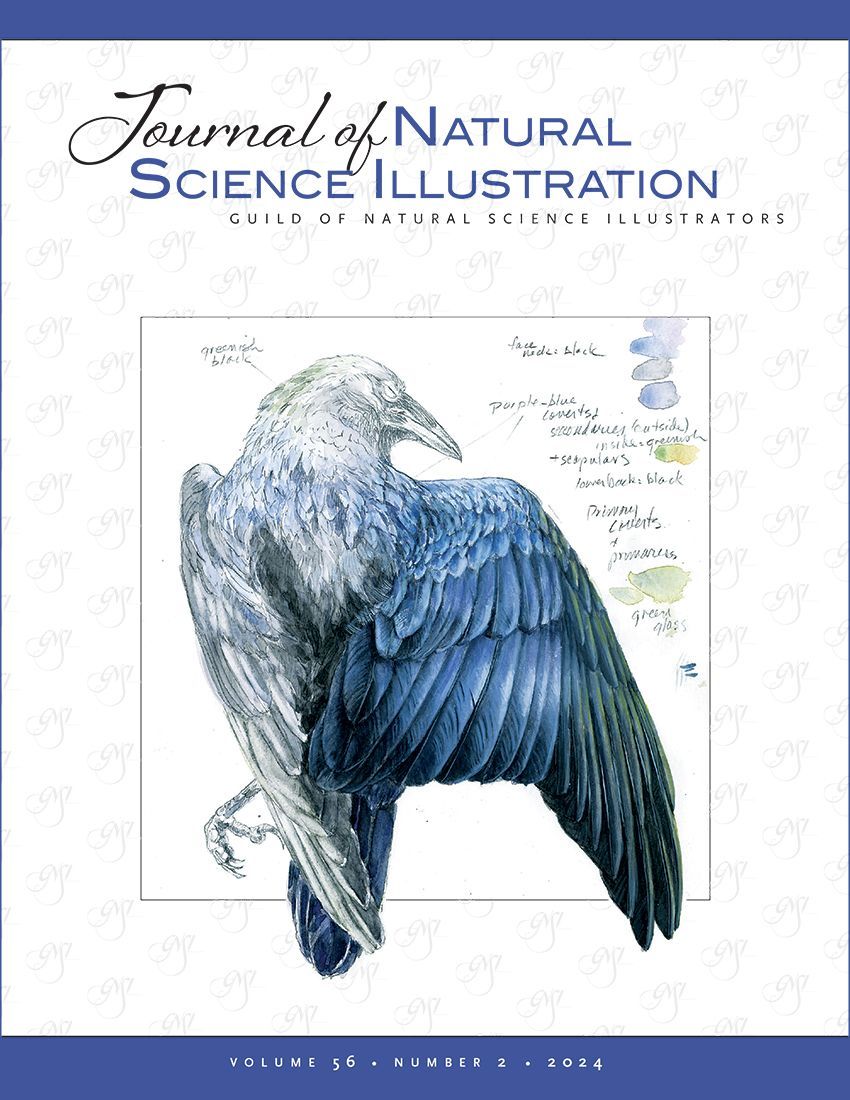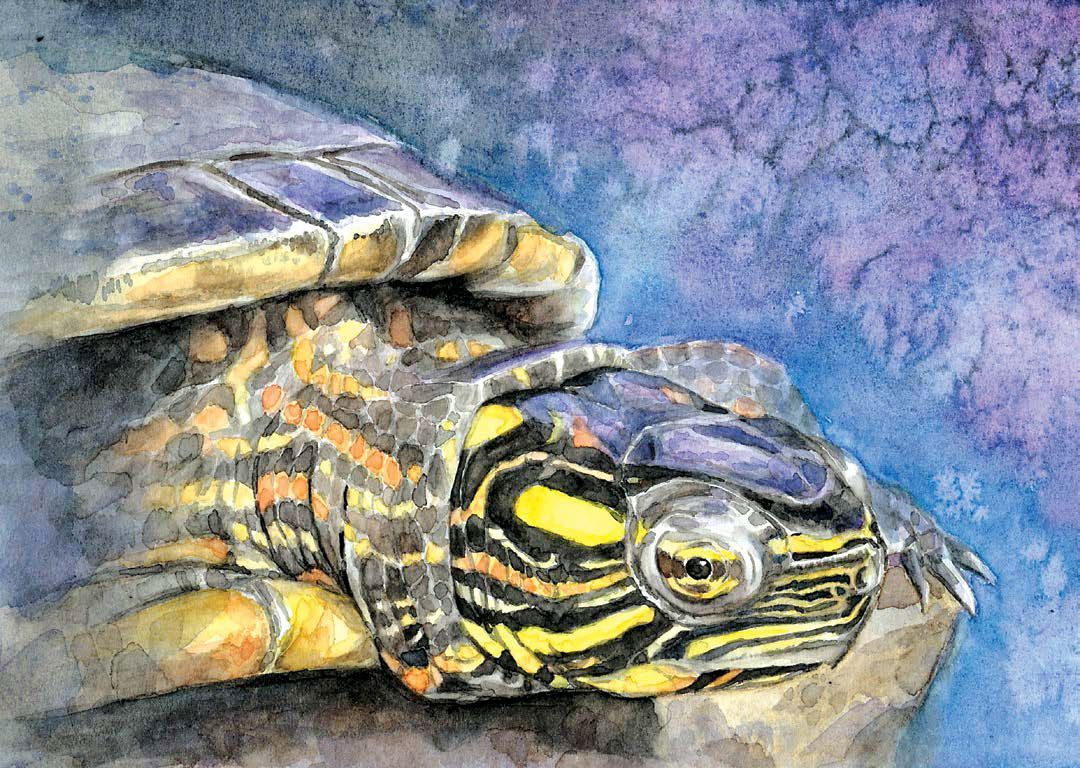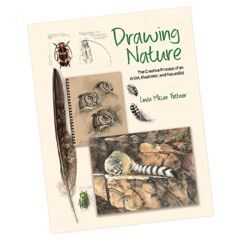Journal of Nature Science Illustrators Vol. 52, No. 1: Abstracts
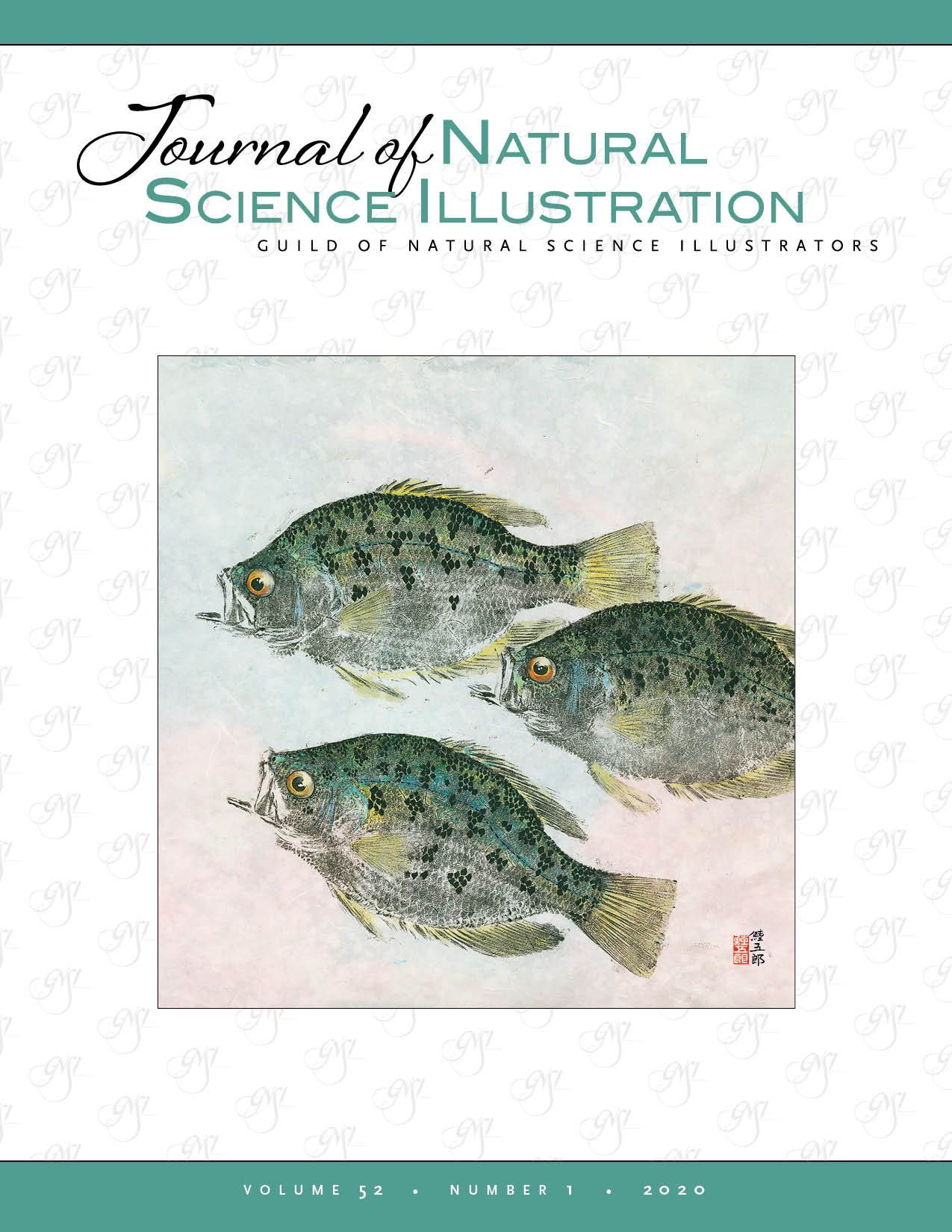
Welcome to the first Journal edition of 2020!
This issue explores member MaryBeth Hindrich's circuitous journey into natural scientific illustration, Diana Marques' study and process for an illustration for the Lepidopterists' Society, a Listserv discussion about self-taught illustration, the science of fish coloring and challenges of depicting those nuances for illustrators, Carol Creech's' "Inktober" endeavor, along with results of Carol's GNSI members' poll about "Inktober", a two-author product review on Stonehenge Aqua Black paper, and some pages from Frances Topping's sketchbook.
Log into your account to view the Journal: JNSI 2023, Vol. 52, No. 1
Not yet a subscriber? To view the issue for free, become a GNSI member today!
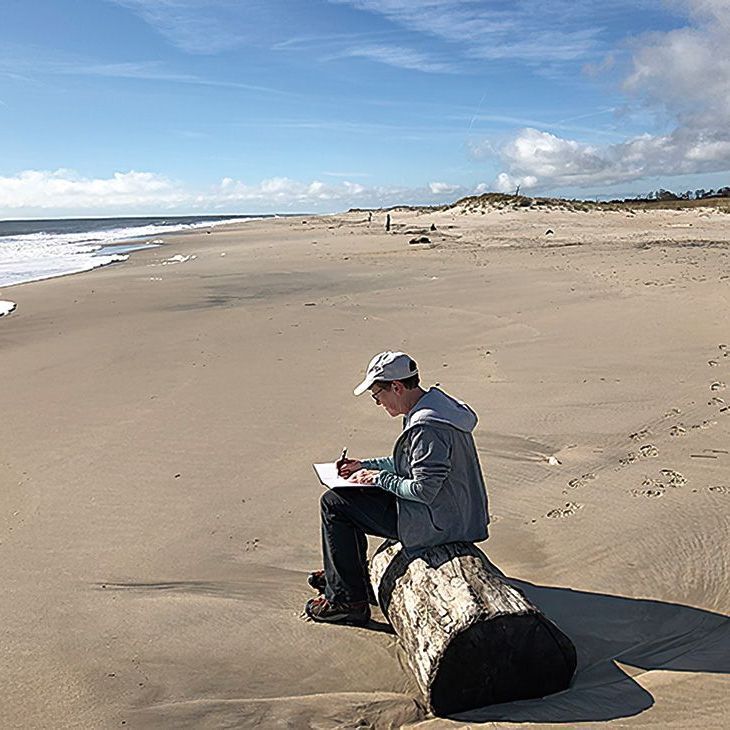
Member Spotlight: MaryBeth Hinrichs
— MaryBeth Hinrichs
Follow MaryBeth’s life journey that began in St. Louis, shaped by a family supportive of art and learning. Initially drawn toward science, she pursued a path in chemistry, and biochemistry before discovering a deep passion for art through a pivotal encounter with illustrations. Moving to Minnesota, she delved into botanical illustration, embracing teaching while balancing family life, health challenges, and a diverse art career, striving to share her enthusiasm for nature and science through her art and educational initiatives within the Guild of Natural Science Illustrators.
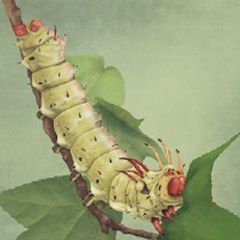
Drawing a Menacing Male-Female Caterpillar for a Scientific Journal
— Diana Marques
Illustrator Diana Marques received a unique commission from the Journal of the Lepidopterists’ Society to illustrate a gynandromorphic hickory-horned devil caterpillar. This rare specimen, a hybrid of two moth species, displayed both male and female features, prompting detailed anatomical exploration and illustration. Utilizing various references, from preserved specimens to digital sculpting software, the artist created a detailed plate and a 3D model for an explanatory video, which led to the illustration's feature on the journal's cover, marking a rare use of commissioned art on its cover instead of a photograph.
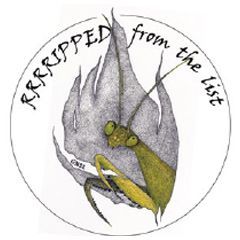
RRRRIPPED from the List: Teaching Myself Scientific Illustration?
— edited by Britt Griswold
Read members' tips and advice to Erin Avery's question "Is it possible to teach myself Scientific Illustration rather than going the university route?" Posted on ListServe. Another example of the generosity of knowledge from GNSI members.
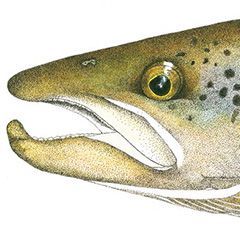
The Allure of Ichthyological Structural Color, part 1: The Science Behind the Art
— Stephen DiCerbo
Fish use color for various purposes, including communication, camouflage, and signaling gender differences. He explains the challenges artists face in replicating the beauty of iridescence, often resorting to metallic paints and Mica dust. The second part of the article in the next issue will explores techniques and materials for artists aiming to capture structural color in their work.
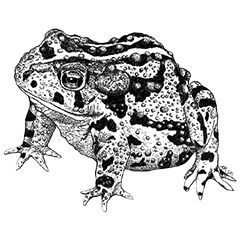
Inktober 2019
— Carol Creech
Inktober is an annual art challenge initiated by artist Jake Parker in 2009 to enhance inking skills and encourage positive drawing habits. Participants create ink drawings based on a list of daily prompts, with many groups coming up with their own version of prompts (such as medical and natural science illustrators!). While artists appreciated the discipline, challenge, and sense of accomplishment, there were concerns about physical strain, prompt difficulties, and the month-long duration.
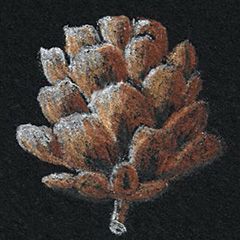
Stonehenge Aqua Black; Product Review
— Gail Guth and Camille Werther
The Authors review Stonehenge Aqua Coldpress Black paper introduced by Legion Paper in 2019. Gail experimented with various media and noted the paper's rich black color and the suitability for wet media posed a challenge. Camille tested the paper for botanical sketches, finding it best for water media and soft colored pencils, while cautioning against aggressive erasing. Overall, they suggest that with careful planning, the Aqua Black paper could be a valuable addition to artists' materials.
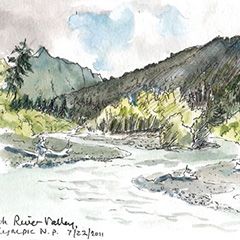
Sketchbook: Frances Topping
Frances describes four of her sketchbook pages that really capture the scenery and tidal creatures she observed in Washington state.
Share this post:
